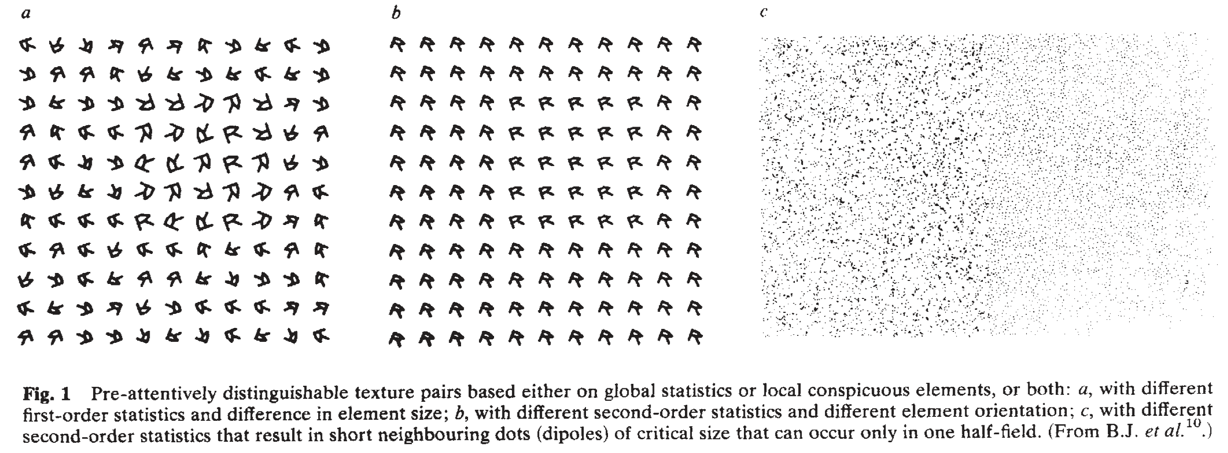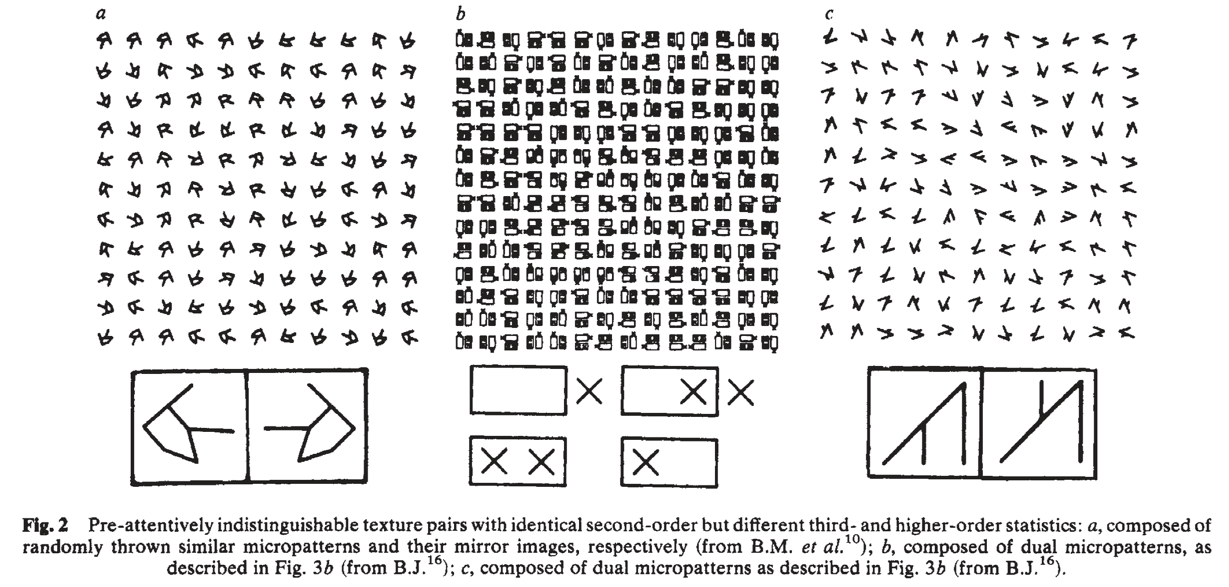Denying that the earth is not flat
« previous post | next post »
M.S. wrote to contribute an item for our misnegation collection — Liel Leibovitz, "‘The New York Times’ Goes Truther on the Temple Mount", Tablet 10/9/2015 [emphasis added]:
And so, because the paper of record won’t put it clearly, permit me the pleasure: Denying that a Jewish temple stood on the Temple Mount is not a form of historical argument. It is akin to denying that the earth is not flat. Or denying that global warming is real. Or that the evidence of human evolution is widely accepted by scholars.
But this example illustrates how hard — even unnatural — it is to process phrases with multiple negations, because in fact the example is semantically correct.
The author is giving a list of what he takes to be self-evident truths, where the typical journalistic "on one hand but on the other hand" treatment is inappropriate: Global Warming is real; the evidence of human evolution is widely accepted by scholars; the earth is not flat; a Jewish temple stood on the Temple Mount. Denying any of these is "not a form of historical argument".
However, all of these example are positive statements except for "the earth is not flat". And adding the lexical negation of matrix-clause "denying that __", and wrapping the whole thing in "It is akin to __", stretches our poor monkey brains near to (or beyond) the breaking point. At least, speaking for myself, it took me a second reading, and a bit of scrutiny, to decide that the passage is really OK.
This reminds me of the work of Bela Julesz on visual texture perception — thus the abstract from "Textons, the elements of texture perception, and their interactions", Nature 1981:
Research with texture pairs having identical second-order statistics has revealed that the pre-attentive texture discrimination system cannot globally process third- and higher-order statistics, and that discrimination is the result of a few local conspicuous features, called textons. It seems that only the first-order statistics of these textons have perceptual significance, and the relative phase between textons cannot be perceived without detailed scrutiny by focal attention.
Some examples from that paper of textures that can be discriminated by pre-attentive vision:
And in contrast, some that cannot be discriminated with "focal attention":
It seems to me that there's an analogous issue with semantic processing — there are some things that we can understand through the linguistic equivalent of "pre-attentive vision", and other things we can only work out by engaging in the linguistic equivalent of "focal scrutiny".


Levantine said,
October 11, 2015 @ 8:06 am
I had no trouble parsing this. I thought I must be missing something when I caught a short-lived earlier version of this post that presented the sentence as an example of misnegation (the post was taken down just as I was leaving a puzzled comment).
Jerry Friedman said,
October 11, 2015 @ 3:39 pm
And in contrast, some that cannot be discriminated with "focal attention":
and other things we can only work out by engaging in the linguistic equivalent of "focal scrutiny".
Is this a possibly intentional example of the problem?
Training, prescriptive or not, can make a lot of difference to what we perceive with "the linguistic equivalent of 'pre-attentive vision'". I wonder whether it does as much for the perception of textures.
Adrian Morgan said,
October 11, 2015 @ 6:21 pm
I think the texture perception stuff will be very puzzling to anyone not already familiar with the subject. It was certainly puzzling to me, although the fog is starting to clear as I write this. A tip for other readers: if you don't get the point either, try viewing the embedded images full-size. But I'm still not clear on every detail, especially in the terminology.
Rubrick said,
October 12, 2015 @ 1:46 am
Echoing Jerry F. : I caught the "error" in labeling for the second image (it seems it should either be "cannot be discriminated with pre-attentive vision" or "can only be discriminated with 'focal attention'"), and then I thought maybe Mark did that on purpose to demonstrate the point, and then my head exploded.
Michael Watts said,
October 12, 2015 @ 1:53 am
And in contrast, some that cannot be discriminated with "focal attention"
I second Jerry Friedman — I'd expect something more like 'some that can only be discriminated with "focal attention"'.
Jerry Friedman said,
October 12, 2015 @ 8:46 am
Or "without" instead of "with".
BZ said,
October 12, 2015 @ 8:48 am
I assume that the "not flat" thing has something to do with the earth not being a perfect sphere, or because something can be both round and flat at the same time, though I would say it is fin to just say "round" in this case because it's a widely accepted co-location with a widely accepted meaning.
That whole excerpt is odd, though. Global warming is objectively real, but human evolution is only "widely accepted by scholars"? If this reflects the writer's set of beliefs (that is, the earth is "not flat" and global warming is real, but human evolution is not necessarily real), it's a strange one. I would have thought those who reject evolution would be a subset of those who reject global warming.
BZ said,
October 12, 2015 @ 9:08 am
Addendum: having looked up "Tablet"'s charter, it strikes me that the list may be referring to religious beliefs that have been conclusively proven or disproven by science (then again, as the article points out, there was never a religious dispute about whether there was a Jewish temple on the temple mount), which might explain "not flat" because the religious belief was that the earth was flat and that is what was disproven. All of this, though, doesn't change my feelings about the way that excerpt is worded, though.
joglio said,
October 13, 2015 @ 2:06 pm
@BZ: It's a weird set of beliefs but there is a good number of traditional Jews who believe both in global warming and creationism.